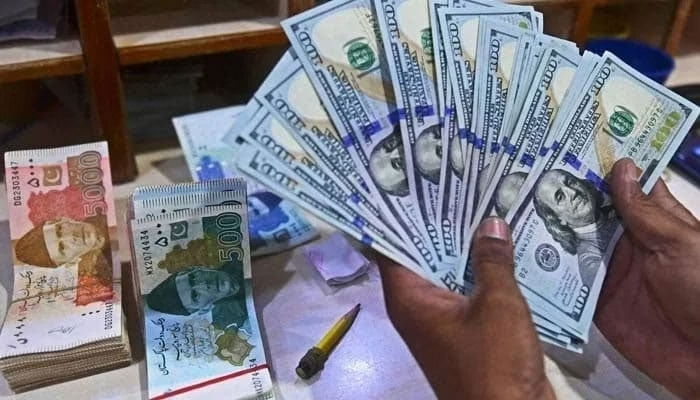Pakistan is making urgent efforts to stabilize its faltering economy by securing two major financial inflows totaling $2.3 billion, as foreign exchange reserves continue to shrink. The financial support includes a $1.3 billion tranche from the International Monetary Fund (IMF) and a $1 billion commercial loan facilitated through guarantees from the Asian Development Bank (ADB).
According to senior government officials, both arrangements are critical to shoring up the country’s reserves and preventing any further devaluation of the Pakistani Rupee in the coming months. The deals are aimed at providing breathing space for the government as it navigates debt repayments, inflationary pressures, and the need for structural economic reforms.
$1.3 Billion IMF Tranche Expected Soon
The IMF tranche is part of the ongoing Extended Fund Facility (EFF) agreement that Pakistan has with the global lender. The $1.3 billion payment is expected before June 30, 2025, provided the country meets certain fiscal and policy conditions set forth in the agreement.
These conditions include tax reforms, energy sector restructuring, and steps toward increasing transparency and accountability in public finances. With ongoing talks and reviews already underway, the government is optimistic that the IMF will release the tranche in time to meet its fiscal obligations and boost investor confidence.
Government insiders say that meeting the IMF’s conditions has not been easy, especially amid rising inflation and public resistance to subsidy cuts. However, officials remain hopeful that fulfilling these requirements will ultimately result in economic stability.
$1 Billion Loan from Standard Chartered Bank Backed by ADB
The second major development is a $1 billion commercial loan secured from Standard Chartered Bank. What makes this deal significant is that it comes at a reduced markup of 7.33%, thanks to a sovereign guarantee provided by the Asian Development Bank (ADB).
The loan is part of the Domestic Resource Mobilization Program, under which the ADB has offered policy-based credit guarantees to support structural reforms in developing countries. Pakistan tapped into this facility after intense negotiations, recognizing that without ADB’s backing, the loan would have cost the country a much higher interest rate—between 10% to 11%.
The guarantee is valid for five years, offering Pakistan medium-term fiscal stability as it works toward boosting domestic revenues and minimizing its dependency on foreign loans.
Why This Matters
The twin efforts to raise $2.3 billion are not just about covering short-term obligations. They reflect a broader strategy to restore economic discipline, attract foreign investment, and improve creditworthiness. The government is under immense pressure to stabilize the economy without compromising on its commitments to international lenders.
Experts believe these financial inflows will temporarily improve the country’s foreign exchange position and help settle upcoming external debt payments. However, long-term sustainability will depend on how effectively the government utilizes these funds and implements reform.
Potential Risks and Public Concerns
While these inflows are a temporary relief, many analysts warn that Pakistan’s heavy reliance on foreign loans could become a deeper long-term issue. Critics argue that the government must focus more on expanding its tax base, reducing circular debt, and promoting exports to generate sustainable revenues rather than continually seeking external bailouts.
There is also concern over the rising cost of borrowing, even with concessional rates. At a markup of over 7%, the $1 billion loan from Standard Chartered still adds to the country’s already significant debt servicing burden.
Public sentiment remains cautious as well. Citizens are feeling the pinch of inflation, rising utility costs, and fewer subsidies—all consequences of complying with IMF conditionalities. If the economic benefits of these loans do not materialize quickly, it may lead to political backlash.
What Lies Ahead
The coming months will be critical for Pakistan’s financial future. The timely disbursement of the IMF tranche and effective utilization of the ADB-backed loan will be closely monitored by international rating agencies, foreign investors, and the general public.
With the government planning more reforms and foreign partnerships in the lead-up to June 2025, all eyes are on how Pakistan will navigate this complex economic terrain. Success could mark a turning point, while any missteps could trigger deeper instability.
These new funds offer a much-needed economic cushion—but also a test of political will, fiscal discipline, and public accountability.



